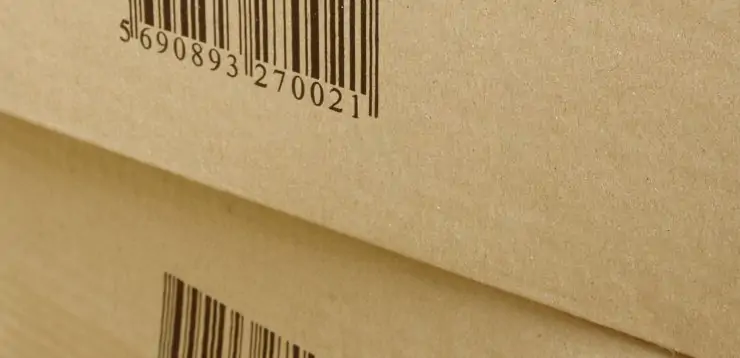Cardboard boxes are ideal for the safe transportation of goods. All that’s needed is for the box to show all the correct logistics, shipping or traceability information in a clear and readable format.
There are two methods that are often used to apply this information; applying labels or direct marking via a thermal inkjet printer. Below, we compare the two in terms of print quality, speed and flexibility.
Applying labels to cardboard boxes
Thermal transfer printers fitted onto labellers achieve excellent print resolution. They also compensate for unevenness on corrugated cardboard surfaces – both of which are important factors when the markings, such as data matrix barcodes need to be read accurately. Print legibility is crucial for most retailers and they often demand very high print quality that complies with ANSI Code Grade A.
In addition, labelling machines are far more adaptable than inkjet printers. The goods can be labelled from almost any angle, even around a corner. Even with variable carton heights, boxes can be labelled very accurately thanks to extendable dispensing temples and contactless labelling techniques.
Direct printing on cartons using thermal inkjet (TIJ) technology
The print quality of ink directly onto cardboard is usually slightly lower compared to labels, due to the cardboard’s porous nature. Nonetheless, large-character inkjet printers are also capable of a high printing resolution, making them ideal for coding tasks in warehouse logistics, picking or quality assurance.
Whether the colour and quality of the cardboard allows for the desired print, must be checked individually.
Specific advantages of printing directly onto the outer cases are the higher maximum printing speed (up to 1,000mm / s compared to 400mm / s) and lower printing costs (about 60% less per 1,000 prints). Inkjet also has the advantage that the font size can be changed during the current printing process, which is not possible when labelling. Cardboard surfaces can be printed on the side or top, but the printhead must be installed very close to the surface.
Conclusion
While print-and-apply labellers are very versatile, cost-effective TIJ printers meet demands of many applications as well. In direct comparison, labels are better machine-readable and ideal for external logistics. On the other hand, inkjet printers are quicker and lower cost. The print quality is high enough for many applications in internal logistics.
The right decision often depends on the individual case. The experts here at Rotech will be happy to advise you personally, and at no cost.

